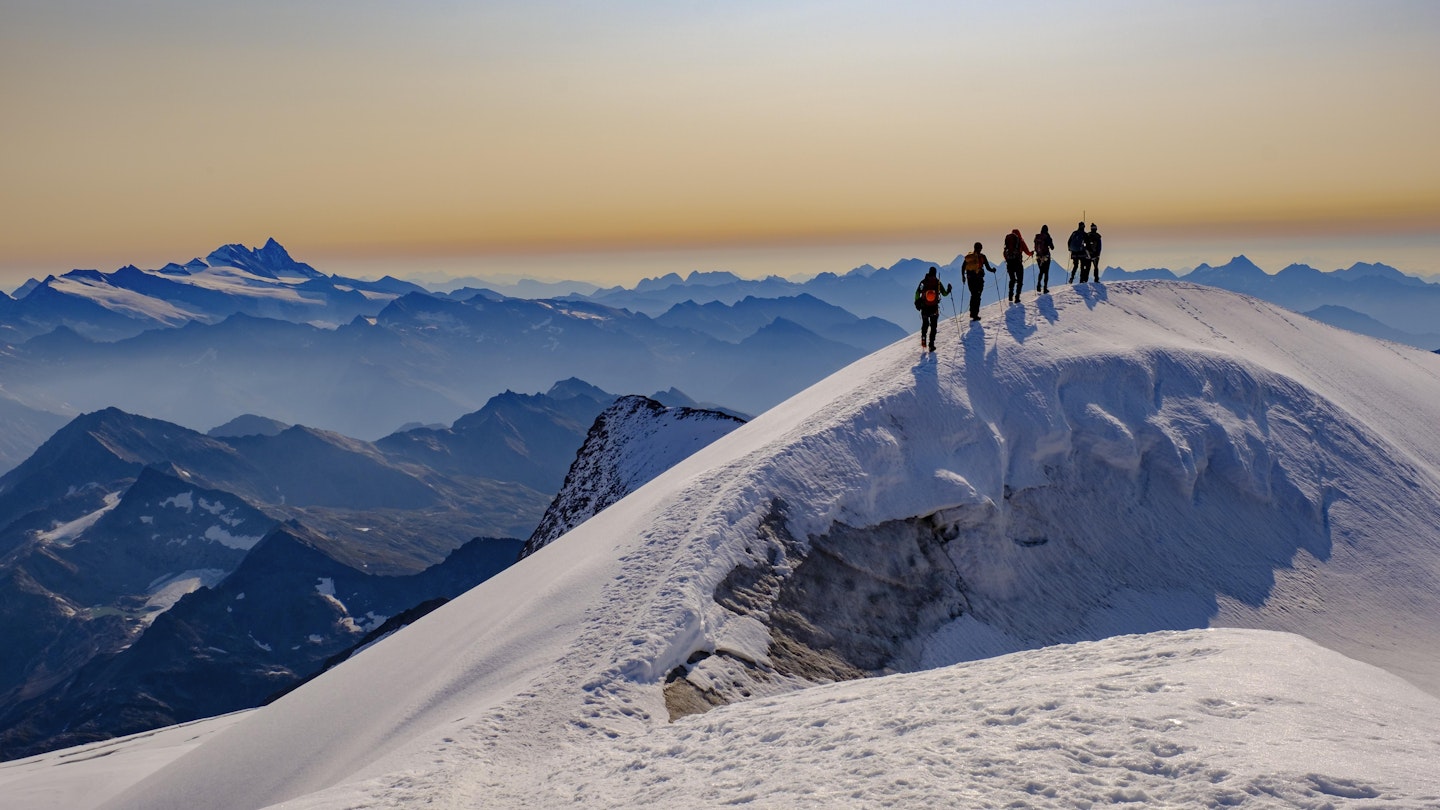National Parks of Austria: A Guide to Natural Wonders
Austria’s six national parks encompass a breathtaking variety of landscapes, from glacier-covered mountains and alpine meadows to gorge-riven forests, wetlands, and floodplains. The region is home to extraordinary wildlife, limitless opportunities for hiking and outdoor adventures, excellent hospitality, and unforgettable views.
Entry to Austria’s national parks is free, creating a natural playground for hiking, kayaking, wildlife observation, and many other outdoor activities. For enthusiasts of alpine scenery and fresh mountain air, here’s a guide to the best national parks in Austria.
Hohe Tauern National Park
Spanning over 1,850 sq km, Hohe Tauern National Park is the largest protected area in the Alps, stretching across Carinthia, Salzburg, and Tyrol. This stunning national park features jagged summits over 3,000 meters high, rocky slopes, lush mountain pastures, and impressive glaciers.
It includes Austria’s highest peak, the 3,798m Grossglockner, and nearly 350 glaciers, with the mighty Pasterze being the longest glacier in the Eastern Alps. You can also witness the thunderous waters cascading down the Krimml Waterfalls, the highest in Austria.
Established in 1992, this historic park houses almost 15,000 species of animals including iconic creatures like the ibex, golden eagle, and bearded vulture—successfully reintroduced in the 1980s.
With incredible hiking options ranging from hut-to-hut trails to segments of the Alpe Adria Trail, which runs for 750 km (466 miles) through Carinthia, parts of Italy, and Slovenia, this park promises breathtaking views and wildlife. Moreover, consider a detour to the Dachstein massif near Filzmoos for summer walking trails, including the high-altitude Dachstein Circuit.
Kalkalpen National Park
Kalkalpen National Park is home to one of Austria’s largest areas of unspoiled, old-growth forest. These dense, primeval beech forests serve as a sanctuary for plants and wildlife; notably, one-third of all plant species in Austria grow here, including over 40 species of orchids and endemic species like the Austrian spurge.
This unique area hosts the only lynx population within the Austrian Alps. Recognized as a UNESCO World Heritage Site, the park covers an area of 208 sq km that features the Reichraminger Hintergebirge mountains and the 20 km-long ridge of Sengsengebirge, renowned for its limestone caverns and outcrops. With an array of hiking trails, including several loops ideal for a day’s adventure, visitors can enjoy splendid views from the activity center at Wurbauer Kogel.

Gesäuse National Park
As Austria’s youngest national park and the only one in Styria, Gesäuse National Park was established in 2002, covering a remarkable variety of landscapes over 121 sq km. Centered around the powerful River Enns, the park includes the steep limestone peaks of the Reichenstein, Buchstein, and Hochtor massifs.
Diverse wildlife thrives here, featuring golden eagles, otters, sandpipers, and an impressive number of butterfly species. Notably, Gesäuse National Park is a hotspot for endemic species, with over 200 documented to date.
Discover this compact wilderness on foot—marked trails extend nearly 500 km within the park, with options for all levels from simple themed hikes to demanding hut-to-hut routes, such as the 110 km Gesäuse Hüttenrunde, which lasts about a week.
Donau-Auen National Park
Established in 1996, the 96 sq km Donau-Auen National Park features some of Central Europe’s best-preserved floodplain landscapes, following a free-flowing section of the Danube between Vienna and Bratislava. The landscape embraces riparian forests of black alder, white willow, and poplar that experience regular flooding, paired with unique steppe-like meadows.
This is an exceptional birdwatching location, with over 100 bird species recorded. Star species include corncrakes, black kites, and white-tailed eagles, known as Europe’s largest eagle. Visitors can explore extensive hiking trails near the river and in wooded areas, while renting a canoe or kayak provides water-based fun on the river and oxbow lakes. It’s advisable to check local conditions for possible flooding before heading out.

Neusiedler See-Seewinkel National Park
Neusiedler See-Seewinkel National Park is located southeast of Vienna, where the foothills of the Alps meet the vast Pannonian plain. This area boasts a rich tradition of stock-raising and viticulture, with significant portions of the park being privately owned and rewilded in exchange for government grants. Its unique terrain includes an extensive network of reed beds, the second largest in Europe, along with meadows, pastures, and various lakes and ponds.
This park is exceptional for bird watching; highlights include the great bustard, alongside a wide variety of waterbirds. The reserve also protects many rare, salt-tolerant plants such as sea aster, which adorns the landscape with lilac flowers from July to October. Covering 97 sq km, the park promotes the conservation of traditional domesticated animal breeds, such as Hungarian grey cattle and white donkeys.
Thayatal National Park
Thayatal National Park features a stunning, meandering stretch of the River Thaya, characterized by its gentle curves enveloped by low, forested hills. Established in 2000, it lies north of Vienna along the border with the Czech Republic and is Austria’s smallest national park, covering just under 14 sq km.
Despite its size, Thayatal is rich in biodiversity. The park is particularly known for its elusive resident, the European wildcat, first recorded here in 2007. A wealth of rare and threatened plant species can also be found throughout the reserve. Family-friendly hiking trails, including a dedicated Wildcat Trail, are easily accessible, providing opportunities to explore this extraordinary environment (though spotting a wildcat may require some luck).





